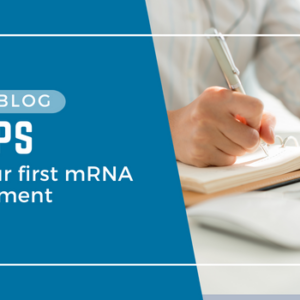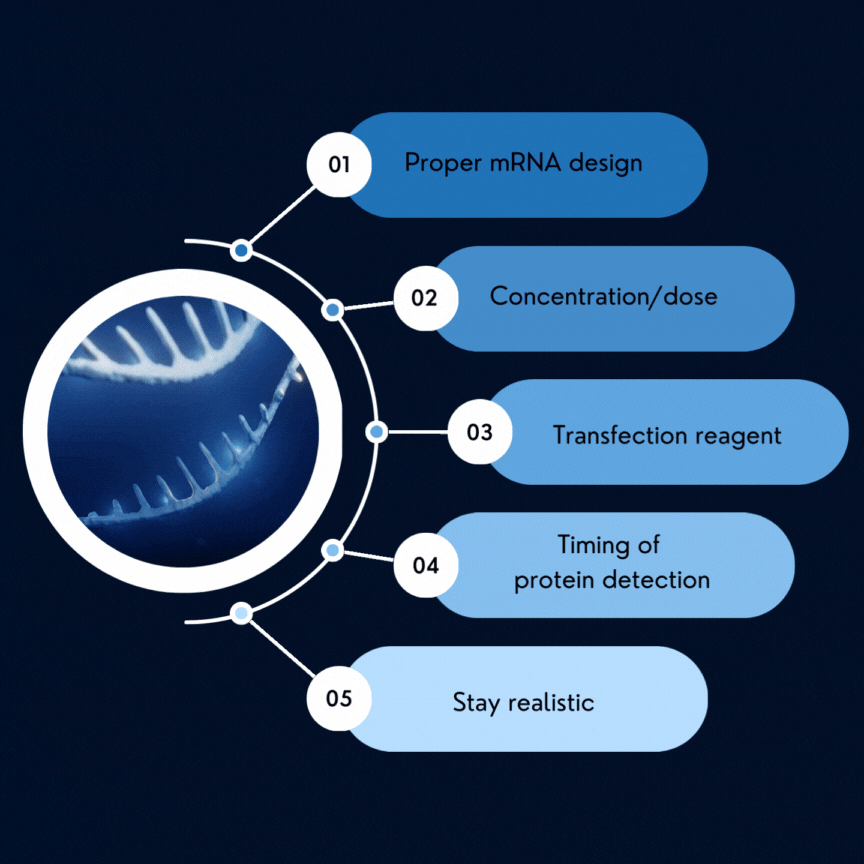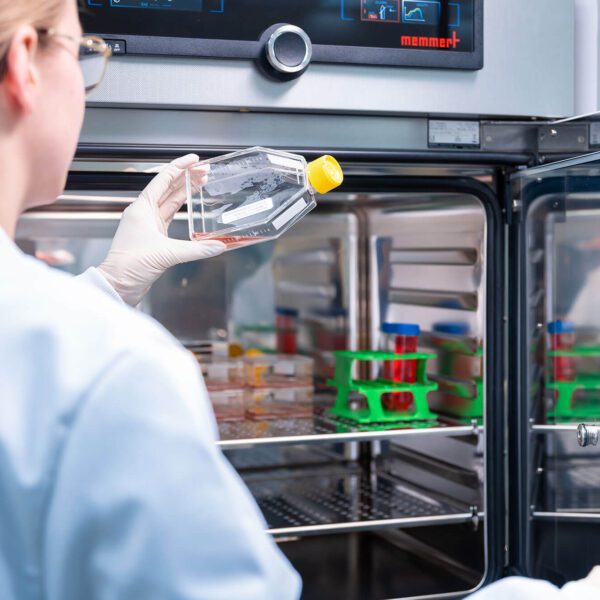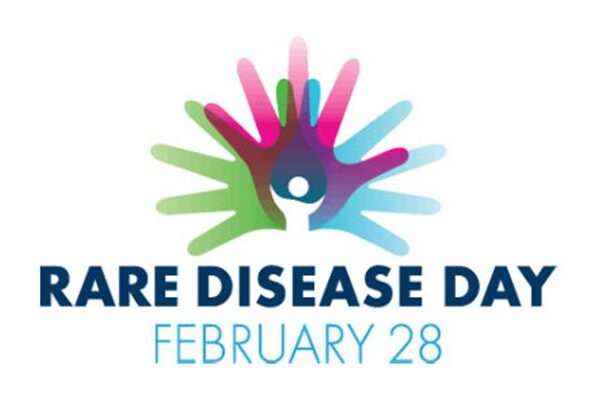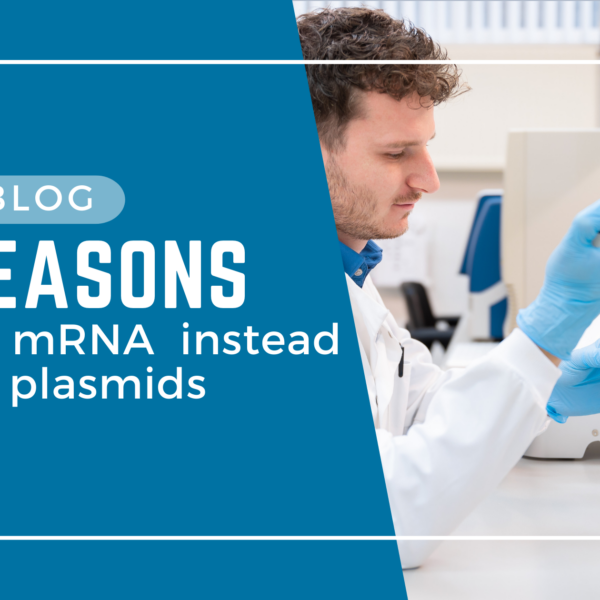How to achieve good protein expression?
When introducing mRNA into mammalian cells, we have to realize that we are basically mimicking a viral infection. Exogenous mRNA, looking a little bit different from endogenous, or post-transcriptionally modified mRNA enters the cell, and the cell reacts. It detects the incoming mRNA via Toll-like receptors (TLRs) in its endosomes and later via a wide variety of sensors in the cytoplasm. This results in a global shutdown of cellular protein production and your gene of interest will in return not be very well expressed. In addition, pro-inflammatory cytokines of, for example, the Interferon-family will be released, affecting neighboring cells.
So, to achieve the desired amount of protein expression, it is of paramount importance that we avoid the activation of the innate immunity. And we can do that by paying attention to a few things:
1. mRNA design
First of all, what the IVT (in vitro transcribed) mRNA looks like matters most. For any successful mRNA-based protein expression, the mRNA has to be properly capped and have a proper sized A-tail for the ribosome to attach to. Furthermore, to avoid innate immunity, the IVT mRNA has to be substantially free of dsRNA (double stranded RNA) and have a minimum of TLR-triggering subsequences. Both the incorporation of chemically modified nucleotides, such as pseudoUridine and 5-methylcytosine, and sequence optimization protocols, such as Uridine-depletion, work to prevent triggering the TLRs. And finally, it is important to exclude any impurities, such as the template DNA, from the RNA sample.
2. Concentration/dose
But even with the best chemical modifications or sequence optimization, too high a dose of mRNA introduced in the wrong way will set off the alarms and negatively affect protein expression. In our experiments, we see for most cell-types a clear threshold-type of response to mRNA; below the threshold concentration, which is sequence-, transfection efficiency- and cell-type-dependent, the dose of mRNA correlates linearly to the protein expression. Immediately above the threshold, a zone of diminishing returns can be recognized, until the absolute amount of protein expression decreases with progressively higher doses. A safe range to stay in for a well-designed mRNA is around 50-70ng/96-well, although some cell-types will tolerate easily up to 200-250ng/96-well. Often the best policy is to try at least 3 doses of mRNA and determine linearity. We often go for 10, 50 and 100ng/96-well. Of course, with a larger surface of cells, the dose scales as well. A linear scaling (2x more mRNA, if you have 2x more cell surface) works quite well.
For in vivo use, the species and the target organ makes a huge difference in the recommended dosing. For mice, we generally recommend to stay below 1-2ug/25gram animal. Higher animals, like humans, monkeys and pigs, are usually more sensitive and doses need to be adjusted accordingly.
3. Transfection reagent
Of course, a large negatively charged molecule like mRNA will not enter the cell in significant amounts by itself. To shuttle the mRNA in, a transfection reagent needs to be used that can protect the mRNA from extracellular RNAses, induce uptake and fuse with the Plasma/endosomal membrane to release the mRNA into the cytosol. Currently, there are many off-the-shelf transfections reagents available that can do that, but not all are created equal. One of the best reagents currently available for mRNA transfection is Lipofectamine MessengerMax, available from ThermoFisher Scientific. Lipofectamine MessengerMax works extremely well on a wide variety of cell types in vitro. When applied in vivo, we detected most protein expression in the spleen. Another potent transfection reagent for mRNA is TransIT, which works well for most cell types in vitro and delivers efficiently when applied intraperitoneally in mice. Both reagents come with standard protocols that will work in most situations, but we recommend spending a pilot experiment on optimizing the ratio of mRNA-to-reagent for your experimental setup; it can easily increase protein expression by a 2-fold. It is important to consider that most transfection reagents for DNA, like lipofectamine 2000, will work, but are far from optimal for mRNA. The expression levels of these reagents are much lower than those with Lipofectamine Messenger Max and TransIT.
Although these off-the-shelf transfection reagents are very convenient and flexible in their use, they may not be the best solution, depending on your ambitions. When you want to use the mRNA in vivo or even clinically at a given moment, it is worth to consider using an LNP-formulated mRNA from the start. LNPs have an uniquely high safety/efficacy combination that set them apart from other technologies. For example, LNPs completely encapsulate the mRNA, contrary to off-the-shelf transfection reagents, which are pre-formed particles that absorb the mRNA on the outside via cationic charge. Both the display of mRNA on the outside of the particle and the cationic charge can induce immune responses. In addition, LNPs often have a diameter in the range of 50-200nm, which is ideal for uptake in target cells, and avoiding clearance by the immune system. Off-the-shelf transfection reagents like Lipofectamine MessengerMax are substantially larger at >1um diameter.
4. When to look for protein expression?
Timing is everything is the saying, and this is twice as important for mRNA. Because the mRNA only has to cross the plasma-membrane to be active, expression with mRNA is very rapid. Within 2 hours after the start of transfection, first protein expression can be detected. At around 6-8h expression typically peaks and peak protein amounts can be expected at 12-24h, depending on the stability of the protein. After 12-24h, little to no mRNA is left anymore, and protein levels seldom increase, unless a second mRNA transfection is done.
5. Reality check
With a careful eye on the above, everyone can achieve a good protein expression, but is important to stay realistic. mRNA is a molecule that is temporary by nature, usually without the ability to replicate. Thus, protein expression from mRNA is also temporary and mRNA can never live up to the expression levels we are used to from DNA. The massive amplification that happens between pDNA with a strong promoter and mRNA is simply not present.
We consider that as an advantage; because DNA transfection is often an all-or-nothing event, with all being super-physiological over-expression. Many physiological processes, however, can only be properly studied with a physiological protein level.
Summary: our 5 tips for your first mRNA experiment
1. Use a de-immunized mRNA with high purity, for example our RiboPerform mRNA.
2. Try 3 concentrations of mRNA: 10, 50 and 100ng of mRNA/96-well.
3. Treat yourself to a proper mRNA transfection reagent, like Lipofectamine MessengerMax.
4. Look for protein expression after 6, 12 and 24h.
5. And if you have any questions; contact RiboPro. We are here to help!
